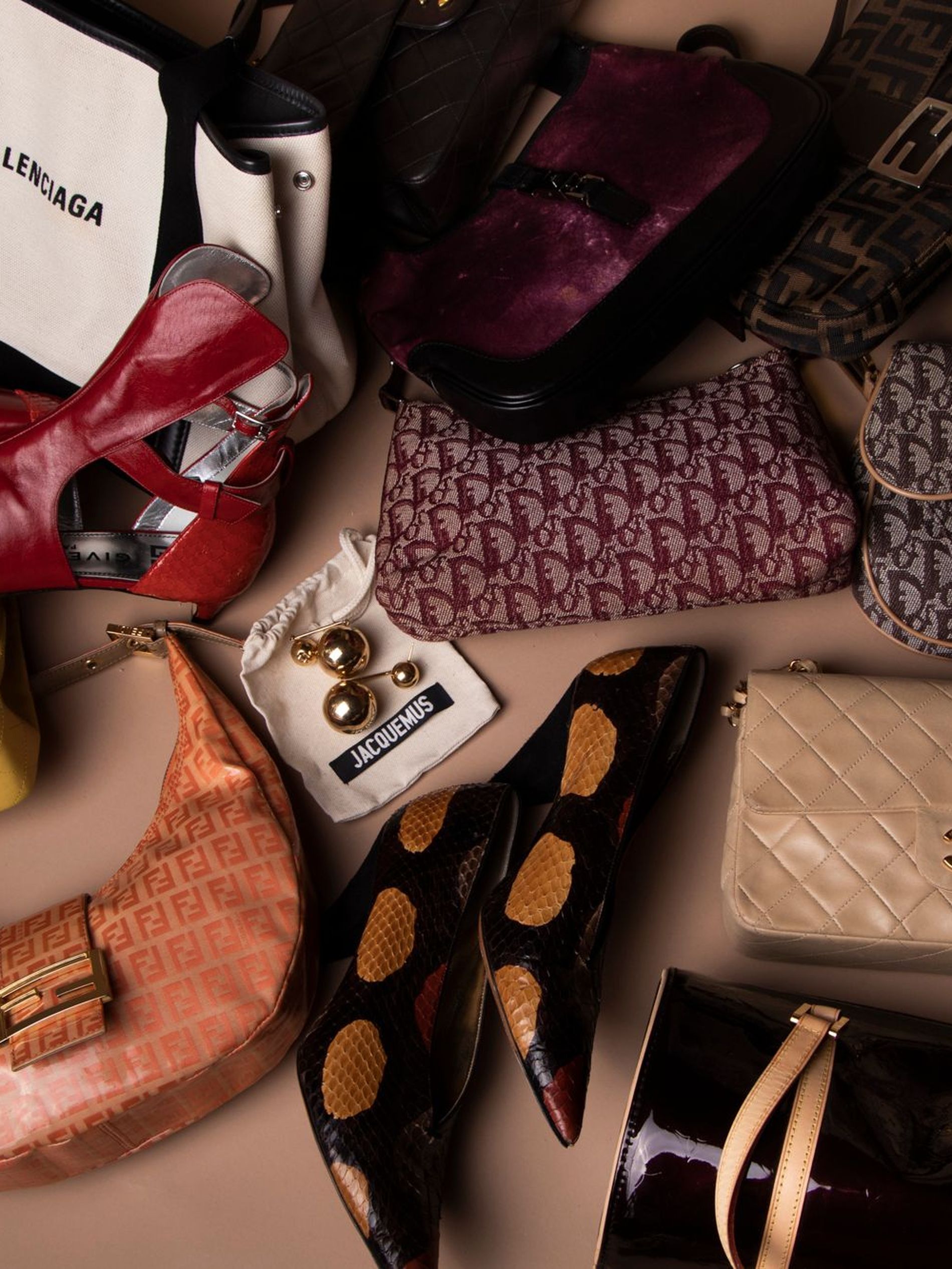In a resolution from 2024, the role of each garment is emphasised in creating a more sustainable and circular future.
I have a confession to make: I’m a serial clothes hoarder. While I’ve made every effort to ensure my shopping habits are as sustainable as possible over the past five years (including committing to only adding five new things to my wardrobe last year), I’ve accumulated all manner of pieces during the years prior.
These range from party tops I bought at Topshop over a decade ago to old jumpers that have shrunk in the wash. In fact, I daren’t count the number of clothes (the majority of which no longer fit me) I have overspilling from my wardrobe, sat in suitcases at my parents’ house, or in black bin bags in the attic, waiting for new homes.
Why do I find it so hard to let go of pieces I no longer wear? Ironically, it’s partly because of my job as British Vogue’s sustainability editor: I know that less than one per cent of all garments are actually recycled into new clothes, with around 70 per cent ending up in landfill, often in countries in the Global South. This means I don’t want to simply drop off all my unwanted pieces at a clothing bank, or even at my local charity shop, for fear they’ll end up on a rubbish heap.
I have good intentions of reselling my pieces instead, to ensure they get a second life, but the pile of clothes is now so high that I never quite get round to it. This Christmas, I finally ordered a Thrift+ bag, which you can fill with your unwanted clothes (make sure you check which brands are accepted and what condition they need to be in first), before sending them back. They will do all the sorting for you: work out which pieces can be sold on, and ensure the rest is either donated to charity or responsibly recycled. It’s a start, but in truth, I’ll need several Thrift+ bags before I’ll manage to fully clear out my closet.
Although my situation has evidently spiralled out of control, I’m by no means the only one who has a large pile of clothes in my wardrobe that’s been left unworn. A 2022 survey by textiles charity WRAP found that on average, a quarter of our wardrobes have not been worn in the past year – equating to 1.6 billion clothes in the UK alone. While the fact they’re not in landfill is of course a positive thing, clothes languishing away at the back of our closets is no use to anyone either.

Photo: The Vintage Bar
Although my situation has evidently spiralled out of control, I’m by no means the only one who has a large pile of clothes in my wardrobe that’s been left unworn.
Emily Chan
“It’s best to keep clothing in use for as long as possible,” Sophie Scanlon, textile sector specialist at WRAP, tells me. In fact, another study published by the charity in 2017 found that extending the life of 50 per cent of clothes by just nine months in the UK would reduce the total carbon, water and waste footprints of clothing by between four and 10 per cent. “When clothes are actively worn, the energy and resources invested in their production are maximised,” the expert explains. “It [also] slows down the need to produce and consume new products.”
Indeed, a separate 2018 report by McKinsey found that one in five garments will need to be traded via circular business models – such as rental, resale, repair and refurbishment – by 2030 for the fashion industry to cut around 143 million tonnes of GHG emissions a year.
By hoarding clothes that simply aren’t worn, we’re stopping them from entering the circular economy – and therefore, preventing them from playing their part in creating a more sustainable future.
Although these items may eventually come back into fashion, trend-led clothing will likely be more desirable – and therefore valuable – the sooner you pass it on. “Clothes kept in active use means the garments are being utilised for a longer period before it becomes unusable for wear,” Scanlon explains. Leave it too long and it might be trickier to find those pieces a new home in the long run, meaning they are more likely to end up in landfill.
That’s why in 2024, I am determined to finally part ways with the clothes I’ve been hoarding for all these years – and give as many of them a second life as possible. As the saying goes, one (wo)man’s trash is another (wo)man’s treasure.
Originally published on vogue.co.uk
